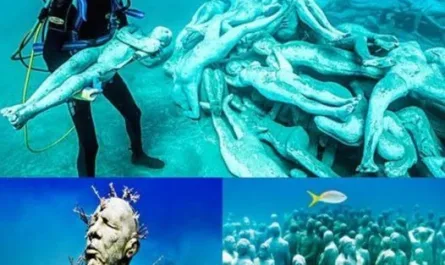How a Home Renovation in Turkey Led to the Discovery of a Lost City That Once Sheltered 20,000 People
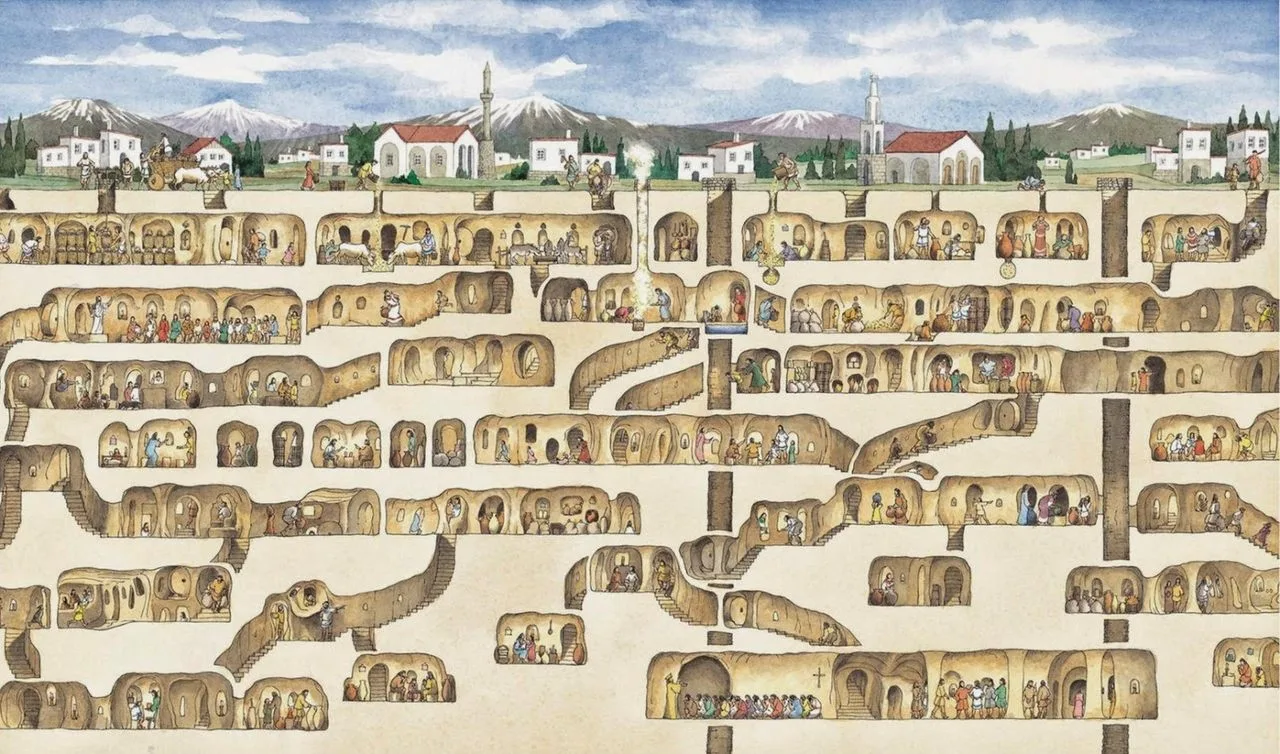
The world is full of hidden wonders, often separated from us by mere inches of stone. Sometimes, those barriers remain intact for centuries; other times, they crumble in an instant—revealing extraordinary secrets. Just as Narnia lies beyond a wardrobe, Wonderland waits at the end of a rabbit hole, and a simple poster can conceal an escape tunnel, so too can an unassuming wall hide an entire forgotten world.
A Hammer Swing That Changed Everything
These may sound like tales of fiction, but in 1963, reality proved just as astonishing. A man in the Turkish town of Derinkuyu, in the midst of renovating his home, took a sledgehammer to his basement wall. What he uncovered was far more than he ever imagined—a tunnel leading into an intricate web of passageways, halls, and chambers. He had stumbled upon a massive underground city, abandoned yet remarkably preserved.
Spanning up to 18 stories and plunging 280 feet (76 meters) into the earth, the vast subterranean network could accommodate 20,000 people. But who created this hidden metropolis? When and why was it deserted? While history and geology provide some clues, much remains a mystery.
Cappadocia’s Enchanted Landscape
Geologically speaking, Derinkuyu is nestled in Cappadocia, a region in central Turkey known for its dramatic rock formations, particularly the “fairy chimneys.” These natural stone pillars were shaped over millennia by erosion acting upon volcanic tuff—a relatively soft rock despite its misleading name.
For thousands of years, locals carved into the pliable stone, constructing homes, storage areas, places of worship, and shelters. While Cappadocia is home to hundreds of underground structures—about 40 of which have multiple levels—none compare in scale or fame to Derinkuyu.
Who Built This Hidden City?
The origins of Derinkuyu remain uncertain. Some experts suggest the city was first carved out around 2000 B.C. by the Hittites, who ruled the region at the time, while others believe the Phrygians, around 700 B.C., were responsible. Another theory links its construction to early Christians in the first centuries A.D.
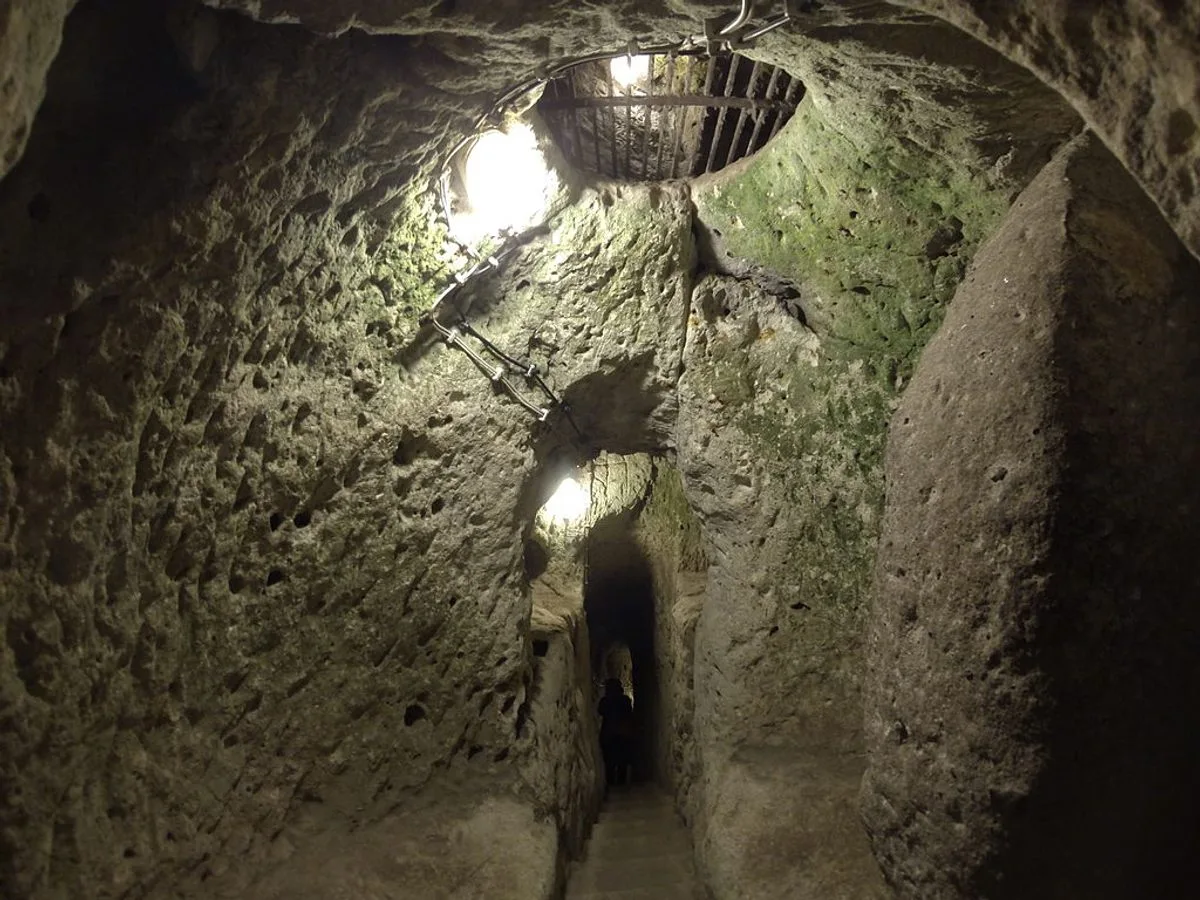
Whoever built it demonstrated remarkable engineering skill. While the tuff made excavation relatively easy, cave-ins were a constant danger, necessitating strong support pillars. Remarkably, none of Derinkuyu’s floors have ever collapsed.
A Fortress Beneath the Earth
One thing is certain: the city’s primary function was defense. Hidden deep underground, it served as a refuge from invading armies. Massive rolling stone doors, which could be sealed from the inside, safeguarded its inhabitants.
Later additions to the city, particularly between the 6th and 10th centuries A.D., bear distinct Christian influences, suggesting its use during Byzantine times.
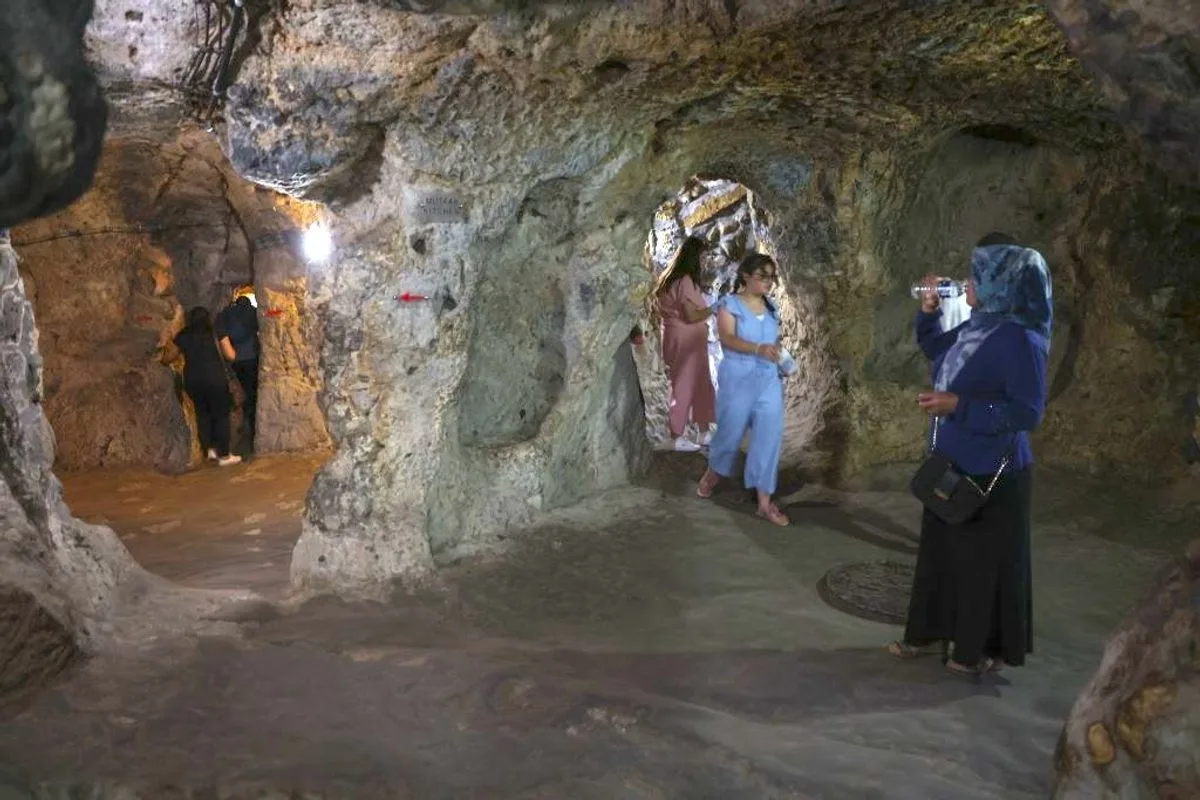
A Self-Sufficient Underground World
Derinkuyu was designed for long-term habitation. A sophisticated ventilation system, consisting of more than 15,000 narrow shafts, ensured fresh air reached even the lowest levels.
The upper floors served as living spaces—logical, given their superior ventilation. Deeper levels housed storage rooms, a wine press, stables, religious sites, and even a dungeon. Among the most famous areas is a cruciform church located on the seventh level.
Secrets in the Wells
Some of the city’s shafts reached even deeper, functioning as wells. Long after Derinkuyu was abandoned, locals unknowingly drew water from them, their buckets passing through the remnants of a lost civilization. The town’s name itself—Derinkuyu—translates to “deep well” in Turkish.
Another theory suggests the city provided relief from Cappadocia’s extreme climate, with its underground environment offering a stable, moderate temperature year-round. The subterranean storage areas would have also been ideal for preserving food.
While Derinkuyu’s various uses remain up for debate, its role as a protective hideaway is well-documented. During the Byzantine-Arab wars (8th–12th centuries), Mongol invasions (14th century), and later conflicts, locals repeatedly sought shelter in the underground city.
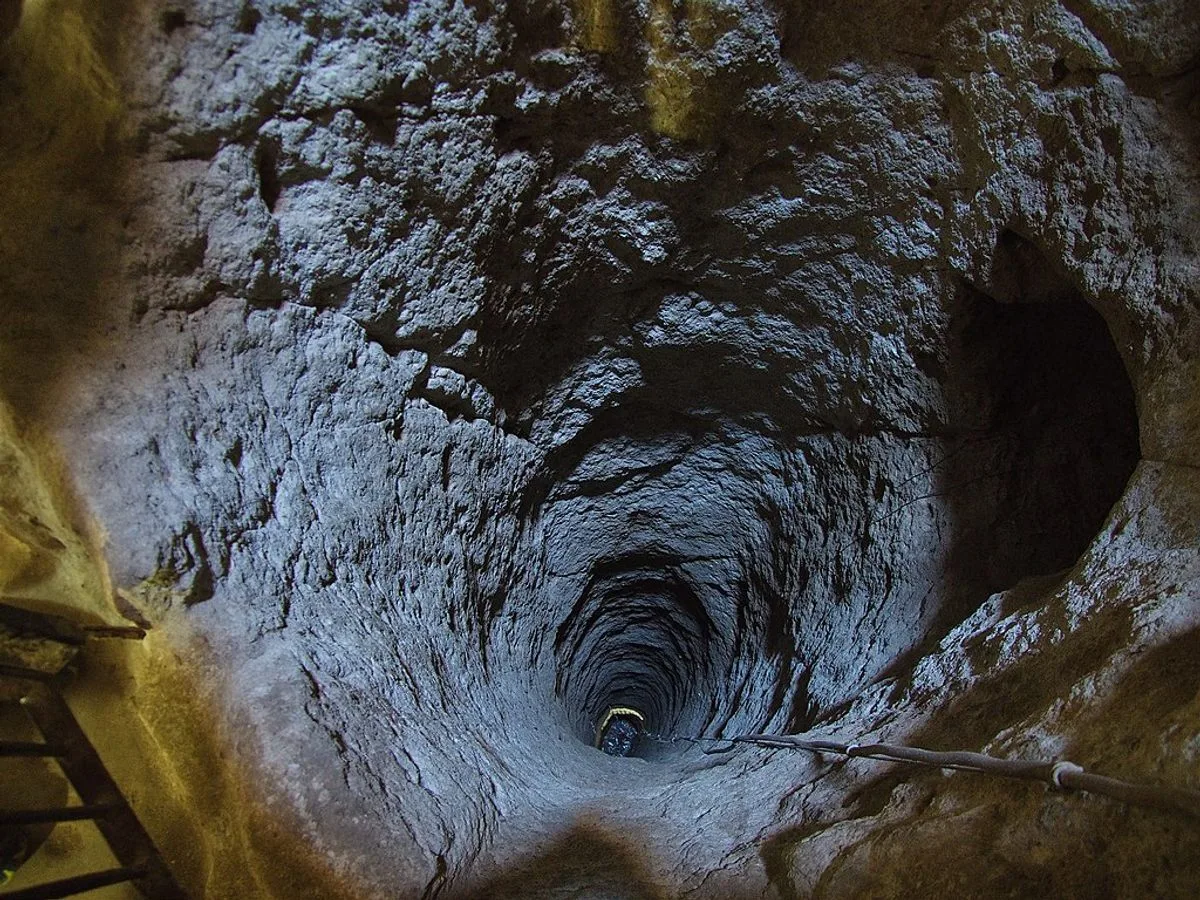
The Last Residents of Derinkuyu
Even in the early 20th century, a Cambridge linguist noted that local Greeks instinctively fled to the underground tunnels when rumors of massacres spread. However, the Greek population of Derinkuyu was forced to leave following the Greco-Turkish War (1919–1922) as part of a population exchange between the two nations. Along with their departure, the knowledge of the city’s existence faded into obscurity.
In Greek, Derinkuyu was once called Malakopia, meaning “soft”—perhaps a nod to the region’s easily carved stone.
A Hidden World, Now in Plain Sight
Today, Derinkuyu stands as one of Cappadocia’s most famous tourist attractions. Its tunnels, once a secret sanctuary, are now open for exploration. But perhaps there are still undiscovered worlds lurking behind our walls.
So, where’s that sledgehammer?
